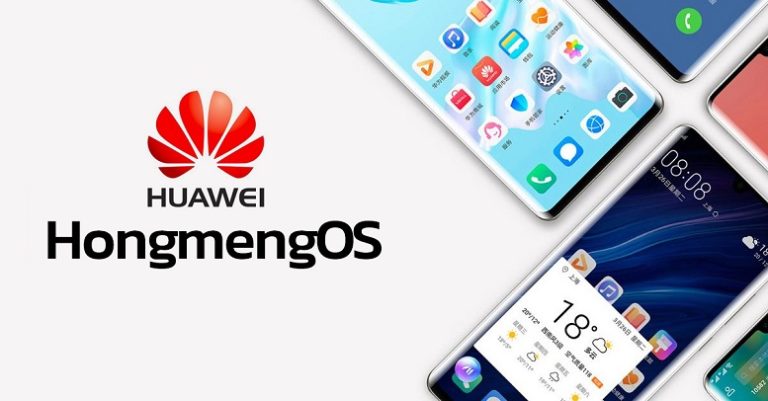Ren Zhengfei, Huawei’s CEO & founder, gave an interview to French magazine Perspectives where he discloses key details about its in-house Hongmeng OS which is also known as Oak OS. According to the report, Zhengfei added that the operating system is compatible with switches, smartphones, routers, printed circuit boards, and even data centers.
The 15-page report also adds that Hongmeng OS has a processing delay of fewer than 5 milliseconds that enables it to adapt to plenty of systems perfectly including the Internet of Things. This has particularly confirmed the presence of an in-house OS that Huawei developed in order to replace Android OS.
Huawei reportedly started developing an in-house Hongmeng OS in case U.S. restricts Huawei from using Google OS due to constant war between Huawei and the U.S. This proved to be instrumental for Huawei ever since U.S. imposed ban on Huawei under its ‘entity list’ that has been reportedly softened during a G20 Summit where Trump watered-down the situation in order to allow Huawei from using technology and products originating from the United States.

Coming back to Huawei’s Hongmeng OS, a previous report stated that the OS is actually 60% faster than Android OS to which Zhengfei affirmatively gave a nod to it. Although he mentioned that the new OS is still lacking advanced functionalities when compared to both Apple’s iOS and Google’s Android OS thereby hinting towards their ecosystem that allows users to use their devices paired with iOS and Android to work with others homogeneously.
Huawei is also creating its own Play Store alternative and has asked developers so that they can develop apps that would be distributed through Hongmeng app store to all Honor & Huawei devices in case the OEM chooses to roll it out in all future smartphones rather than sticking to Android the OS.
The Chinese tech giant is speculated to launch Huawei Mate 30 and Mate 30 Pro this October where a previous report hinted that Hongmeng OS or Oak OS will be released simultaneously. September will see the launch of Huawei Mate X foldable device after it was delayed for several months in order to rectify issues with its folding display and mechanism.
